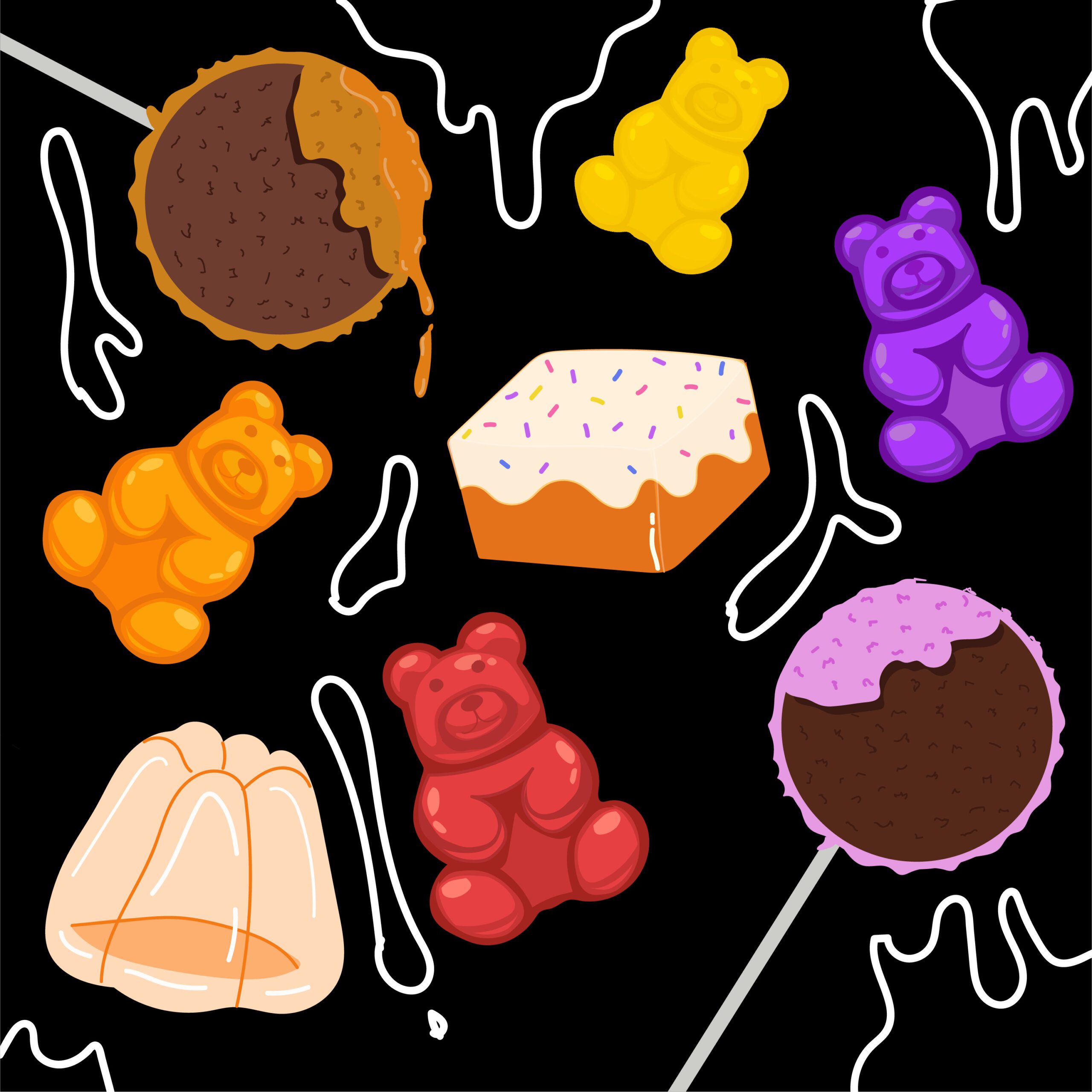It is no longer news that cannabis and marijuana are becoming more and more legalized across countries and all over the world. This is especially due to the discovery of their numerous medical uses and health benefits.
Two of the main natural ingredients in marijuana are CBD, cannabidiol, and THC, or Tetrahydrocannabinol. The two compounds, although similar, have many differences.
Cannabis Vs. Hemp
Cannabis or Marijuana refers to the dried seeds, flowers, leaves, and stems derived from the Cannabis Sativa plant. Hemp is technically different from Marijuana, although they are both plants belonging to the same family.
The defining difference between both is the amount of THC present in each one. Marijuana typically contains more THC than Hemp, while Hemp contains more CBD. Usually, any cannabis sativa plant with about >0.3% THC will be referred to as Marijuana, and those with <0.3% THC are considered Hemp.
Medical Marijuana
Medical marijuana refers to using the marijuana plant or the chemical substances in it to manage certain illnesses or conditions. Marijuana contains over a hundred different chemicals called cannabinoids. Each one has its own effect on the body.
CBD and THC are the main components of marijuana employed in medicine and are the two most widely studied by researchers. The most prominent difference between them is that THC is the psychoactive substance in marijuana that produces the “high” people feel when they take marijuana recreationally. It generally has more side effects.
On the other hand, CBD is a safer ingredient isolated from cannabis without any of the intoxicating effects of THC and has more tolerable side effects. It is also the dominant substance used in medical marijuana, while THC is only used minimally.
THC
Tetrahydrocannabinol is one of the many compounds isolated from marijuana. It is the major chemical responsible for the psychoactive effects of marijuana and acts much like other cannabinoids by binding to receptors in the brain. It produces its euphoric effects or what is known as “high” by stimulating the cells of the brain to release dopamine.
Some of the adverse side effects of THC include memory loss, loss of coordination, reddened eyes, and sometimes an increase in heart rate.
Based on chemical structure, THC can also be present in different forms; we have delta 8 THC and delta 9 THC. Delta 8 THC is said to produce milder psychoactive effects, unlike its Delta 9 counterpart.
Delta 8 THC is used to manufacture products that have medicinal use like; relief from pain and insomnia to reduce anxiety, and manage inflammation.
It should be noted that delta 8 THC products have not been approved for safe use, but some of these products, which come in the form of gummies, flowers, tinctures, and vapes, are on the market for their proposed benefits by several companies. These products may be explored by a simple online search like delta 8 gummies near me.
It is advised that to use THC-infused products, you should have a doctor’s prescription. This is especially important if you are already on some other medications, as they can have some counteracting effects.
CBD
Cannabidiol is one of the phytocannabinoids isolated from cannabis sativa plants. Unlike THC, CBD has no psychoactive effects like hallucinations or delusions.
It is largely considered safe to use and has been used in the formulation of many beneficial products like oils, pills, or lotions. Also, it has been suggested to have benefits varying from treating anxiety and epilepsy to managing diabetes and some neurological disorders.
CBD has been approved for developing a pharmaceutical product known as Epidolex used in managing seizures.
CBD has some mild side effects, usually due to interaction with other medications the user may be on. Examples of these include dry mouth, reduced appetite, low blood pressure, and drowsiness, but these are rare and usually well tolerated by the body when they occur.
CBD was first isolated from cannabis sativa in 1940 by Roger Adams. Later on, a series of tests were performed by scientists on test animals, and in the 1970s, a cannabis tincture was allowed for medicinal purposes. Since then, more research has been conducted, discovering several uses of CBD and other cannabinoids obtained from cannabis.
Although CBD and THC are different, they largely have the same chemical composition; two oxygen atoms, twenty-one carbon atoms, and thirty hydrogen atoms. However, the main difference in structure lies in each individual atom’s spatial arrangement. CBD is also known to contain trace amounts of THC
CBD also binds to receptors in the endocannabinoid system; these receptors are abundant in the brain and are capable of modulating body activities such as sleep, wakefulness, memory, mood, metabolism, pleasure, perception of time, thinking etc.
As CBD and THC products continue to increase in popularity for their benefits, it is important to learn about these two substances before usage.






